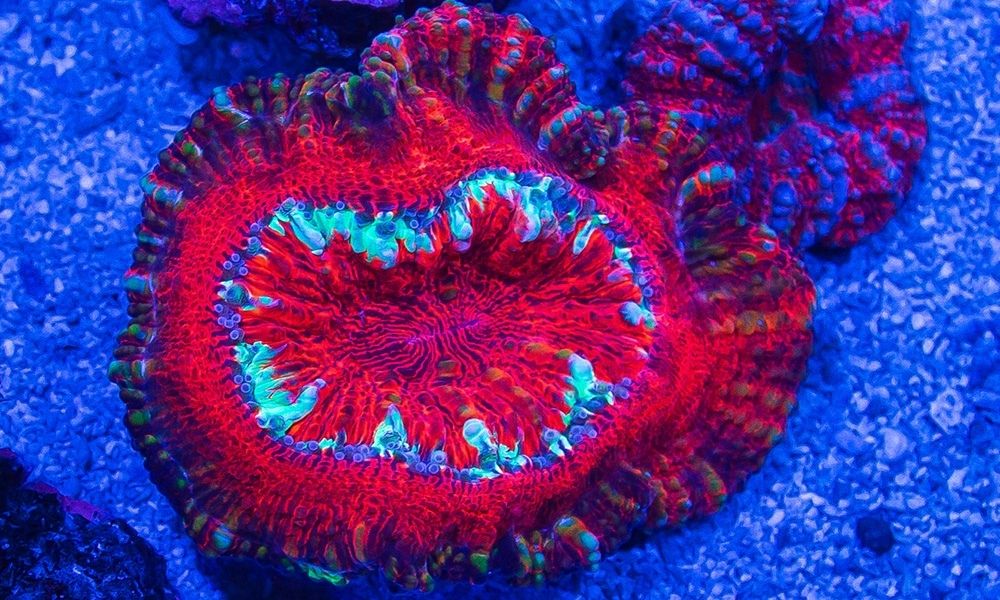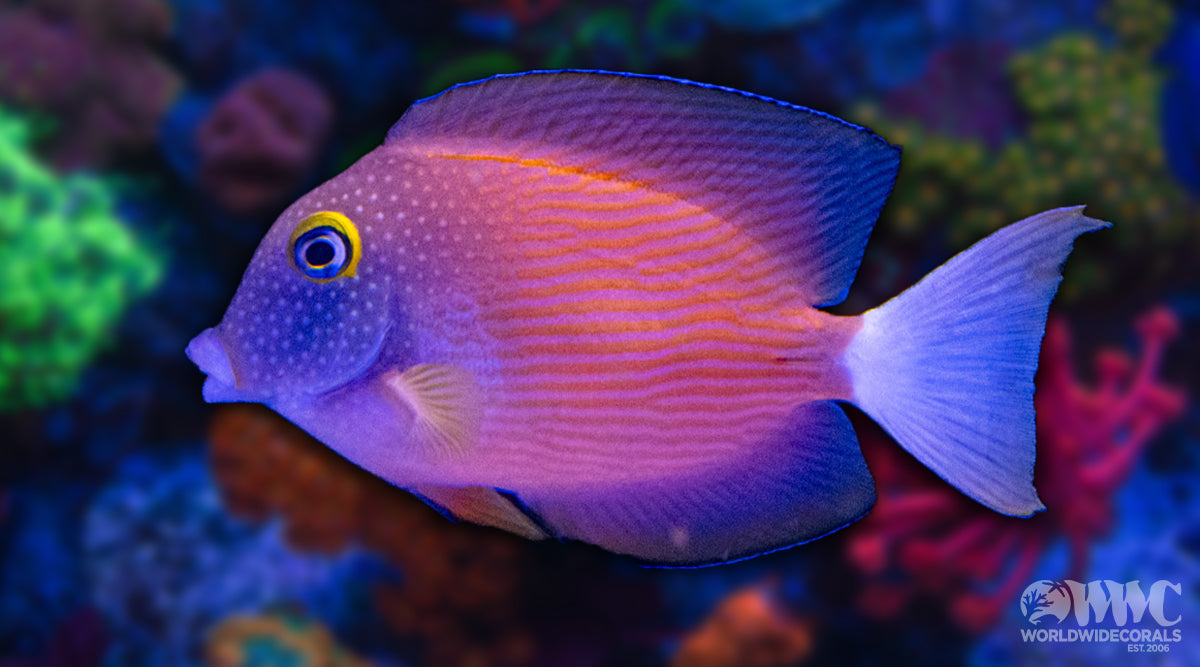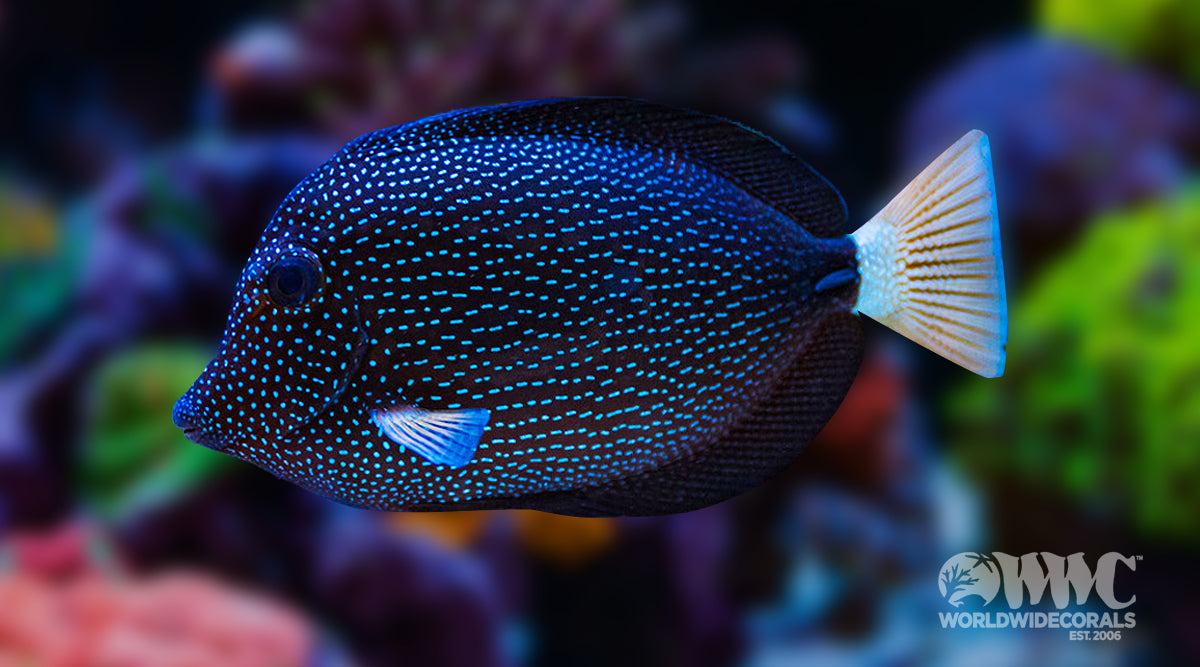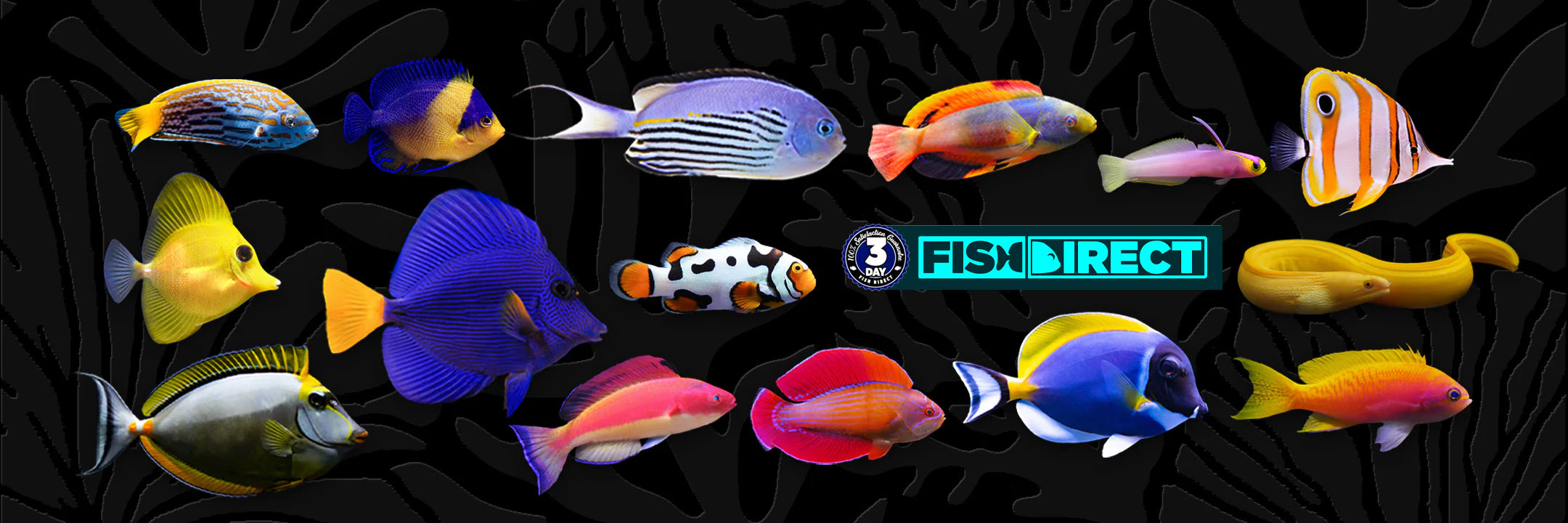One reason why corals are so popular among aquarium hobbyists is that they’re just so interesting. They’re some of the most beautiful yet complex organisms on the planet, so it’s no wonder that we always want a closer look whenever we get the chance. But there’s a lot more to corals than what you can see on the surface, and it often takes a little more digging to understand them fully. In this simplified guide to the anatomy of corals, we’ll discuss their biological makeup and how these components work together.
Skeletons
Contrary to their flexible and fluid outer appearance, most corals possess an exoskeleton that forms a protective cup around their bases. This formation, comprised of calcium carbonate, provides shelter for a coral colony’s polyps to keep them safe from predators or harmful environmental conditions. A coral’s stomach cavity also contains calcium-based walls to provide the structure with additional support.
Polyp Structures and Tentacles
A coral’s outer frame consists of hundreds of polyps, some small and some large, depending on the species. Each one possesses several sticky tentacles that extend out into the water surrounding the specimen. These limbs are responsible for collecting food particles and directing them to the mouth and stomach cavity. In some species of coral, these tentacles contain stinging cells or venom to paralyze prey for easier consumption.
Mouth and Stomach Cavity
As the tentacles catch food, they direct those particles downward toward the mouth at the base of each polyp. From here, food funnels into the stomach cavity for optimal nutrient absorption. It’s important to mention, though, that corals don’t just feed on organisms in their ecosystem. They also sustain themselves on energy from photosynthesis with the aid of an algae species called zooxanthellae.
Tissue Makeup
No simplified guide to the anatomy of corals would be complete without discussing the composition of a coral’s outer tissues. While corals are famous for their vibrant colors and unique shapes, it’s actually the zooxanthellae organism that makes this appearance possible. Corals themselves are entirely translucent. It’s the algae in these tissues that give corals the ability to practice photosynthesis and change their color.
Whether you’re looking to learn more about these fascinating specimens or purchase them for your own home tank, World Wide Corals is the resource you need. In visiting our website, you can buy LPS corals and acquire the knowledge you’ll need to best take care of them. You can also contact our team of experienced aquarium builders and maintenance professionals to answer any questions you have about the process.





